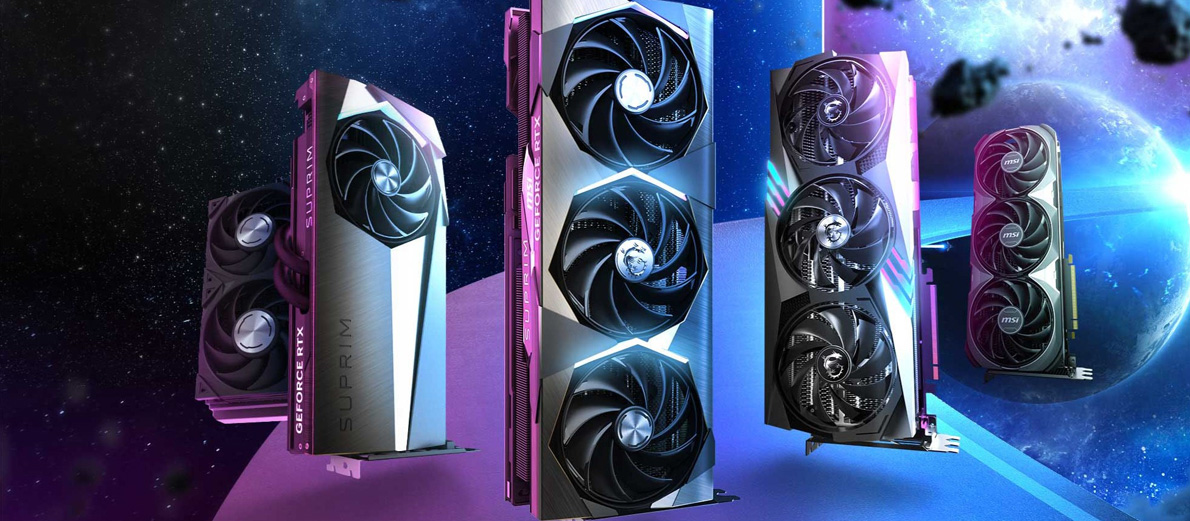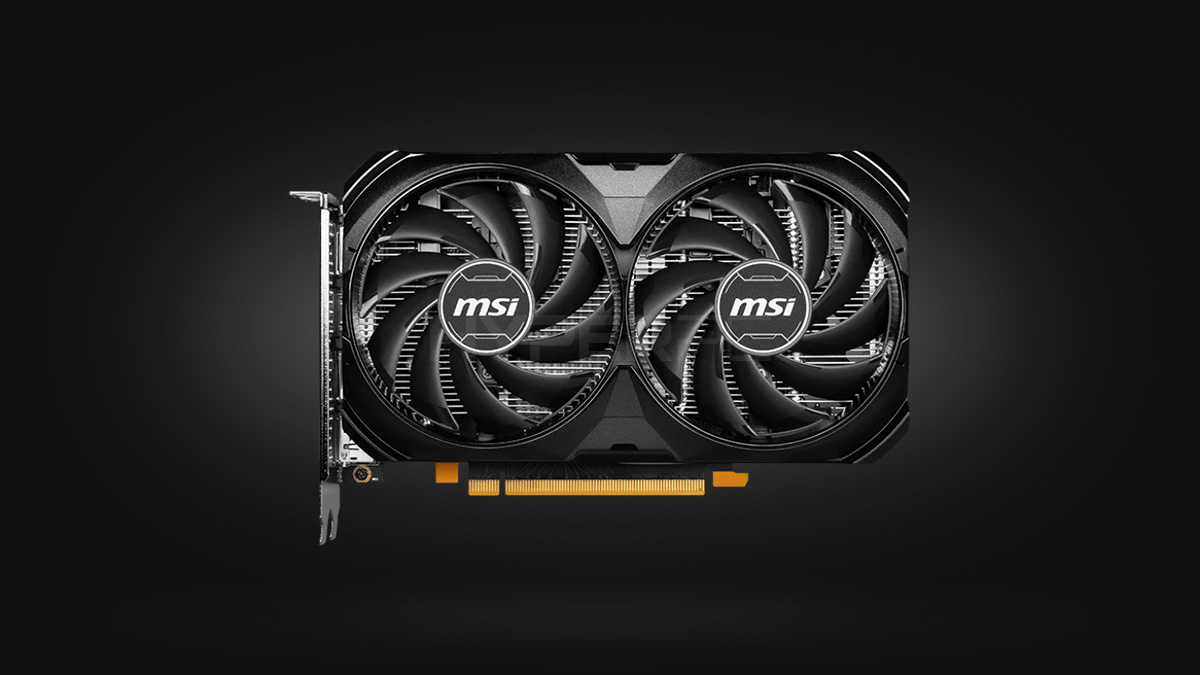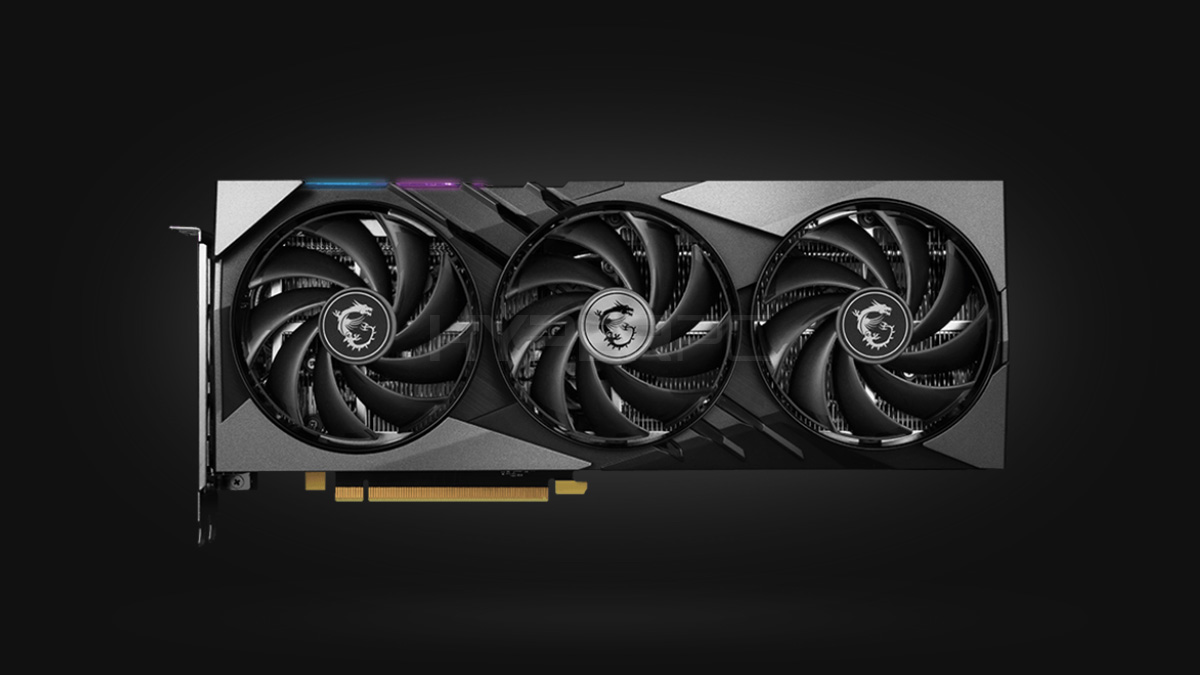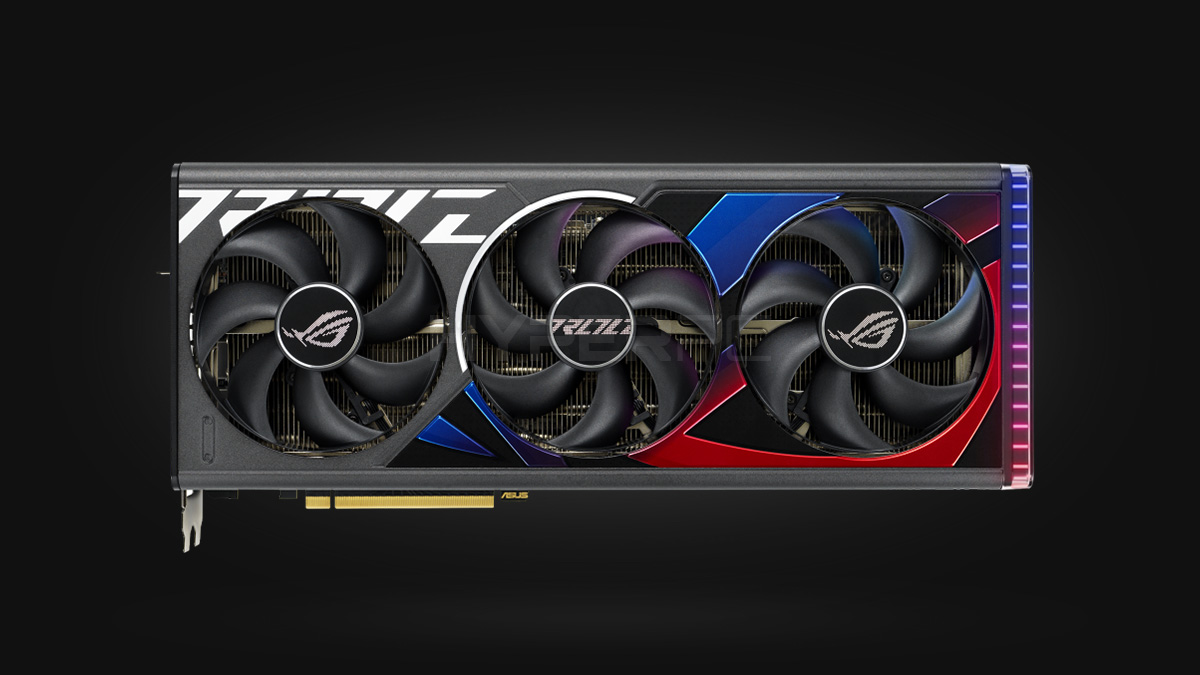
At the heart of any dedicated gaming setup is the graphics card, arguably the most crucial component that dictates the quality, fluidity, and immersive experience of modern video games. While the central processing unit (CPU), random access memory (RAM), and storage solutions are foundational to the overall performance of a gaming PC, the graphics processing unit (GPU), or graphics card, shoulders the critical task of rendering game visuals. It significantly influences the graphical settings, frame rate, and resolution that gamers enjoy. Consequently, the selection process for a graphics card is one that requires detailed attention and thought.
In the ensuing discussion, we aim to illuminate the top contenders in the gaming graphics card arena as of mid-2024. Prior to diving into these recommendations, it's imperative to address the primary concerns associated with current GPU models, as understanding these limitations is essential for making an informed decision regarding the best graphics accelerators on the market.
The NVIDIA 4000 Series Graphics Cards: A Closer Look at the Challenges
When examining the NVIDIA 4000 series graphics cards, three primary issues come to the fore:
- The limited capacity of video memory;
- A constrained memory bus width;
- Underwhelming performance from the frame generator.
It's worth noting that the initial high cost of top-tier models has been somewhat mitigated by the introduction of "SUPER" variants, leading to a reduction in prices. However, this improvement does not extend to other prevailing issues.
The Dilemma of Insufficient Video Memory Capacity
Traditionally, NVIDIA has equipped its GPUs with just enough video memory to meet the demands of contemporary games, neither exceeding nor falling short of what's required for optimal performance. This approach, while efficient, offers little in the way of future-proofing, potentially necessitating compromises in game quality as technology advances. Initial models of the 4000 series, such as the GeForce RTX 4060 and 4060 Ti, launched with 8 GB of video memory, barely suffice for current demands and offer no buffer for future enhancements. However, the more advanced models like the RTX 4070, with 12 GB, and the RTX 4080, with 16 GB, present a more future-proof solution.
The Constraint of Low Memory Bus Width
For GPUs to perform efficiently, they rely on the rapid transfer of data to and from video memory. This is facilitated by the memory bus, a network of conduits that connect the GPU to its video memory chips. A wider bus allows for faster data processing and, by extension, improved GPU performance. The 4000 series, particularly its lower-tier models, has faced criticism for its narrow memory bus. Although NVIDIA has attempted to counteract this through enhancements in other areas, such as increasing cache sizes, the issue remains a significant bottleneck.
Underperformance of the Frame Generator
The NVIDIA 4000 series introduced a novel and good frame generation technology aimed at boosting in-game frame rates by interpolating additional frames. Despite its potential to enhance gameplay, this technology has encountered problems, including artifacting and increased input latency. While NVIDIA has made strides in addressing these issues through software updates, the technology's full potential is yet to be realized.
AMD 7000 Series Graphics Cards: Identifying Shortcomings
The AMD 7000 series, in contrast to NVIDIA, does not suffer from the same video memory or memory bus width limitations. However, it does face its own set of challenges:
- The lack of an equivalent to NVIDIA's DLSS smoothing technology;
- Reduced performance when ray tracing is enabled, primarily due to the absence of tensor cores.
These limitations stem from AMD's decision to omit tensor cores from its GPUs, which are crucial for DLSS and enhancing ray tracing performance. In response, AMD introduced FidelityFX Super Resolution as an alternative, but it falls short of NVIDIA's DLSS in both performance and game support.
The easiest way to do this is to use the built-in Windows utility "Apps & features". This menu lists all the programs installed on your PC. Simply click on each application and press the "Uninstall" button.
To go to "Apps & features", press "Start" and type the name of this menu in the search bar. You can also open this utility through "Settings". Press "Start", launch "Settings", and click on the "Apps" tab on the left. At the top will be the "Apps & features" menu.
Some games may not be removable this way. In that case, you'll need to go into the program through which you installed the game, such as Steam, and delete the project from there. If you don't use online stores like Steam and install games from third-party resources, you'll need to go to the folder where the game is installed. There, you will need to find the game's uninstall program and run it.

The Optimal Budget Graphics Card
For enthusiasts looking to optimize their gaming setup with a spending plan between $300-350, the NVIDIA GeForce RTX 4060 shines as the foremost selection. It provides consistent and elevated FPS across a plethora of contemporary games at Full HD settings. Its efficiency in power use and minimal cooling necessities further augment its desirability. On another note, the AMD Radeon RX 7600 stands as an attractive alternative, delivering akin performance levels at a more economical price, suited for those ready to overlook the benefits of ray tracing and DLSS technologies.

The Quintessential Mid-Tier Graphics Card
Positioned in the $600-650 budgetary spectrum, the NVIDIA GeForce RTX 4070 Super distinguishes itself by enabling a superior 2K gaming journey, showcasing exceptional performance on both high and ultra visual settings, inclusive of ray tracing enhancements. For those who place a higher value on sheer graphical output over the allure of ray tracing, the AMD Radeon RX 7800 XT emerges as a formidable contender. It promises similar levels of performance prowess and an expanded video memory allocation at a more favorable cost.
y. On another note, the AMD Radeon RX 7600 stands as an attractive alternative, delivering akin performance levels at a more economical price, suited for those ready to overlook the benefits of ray tracing and DLSS technologies.
The Supreme Elite Graphics Card
For the gaming purists prepared to allocate $1000-1100 for an upgrade, the NVIDIA GeForce RTX 4080 Super presents itself as the zenith of gaming performance across any display resolution, embodying the quintessential choice for a transcendent 4K gaming adventure. It boasts cutting-edge technological advancements, notably in its tensor and RT cores, which facilitate unparalleled ray tracing effects and AI-driven graphical enhancements, cementing a gaming platform that's built to last.
Conversely, for those whose preferences tilt towards the highest fidelity in texture details above the intricacies of ray tracing, the AMD Radeon RX 7900 XTX poses a powerful challenge. As AMD's premier offering, it locks horns with the RTX 4080 Super on sheer graphical might and further sweetens the deal with an additional 8 GB of video memory, potentially tipping the scales for titles with intensive texture detail requirements.

The Apex of Gaming Graphics Excellence
Navigating to the pinnacle of what gaming graphics can achieve, the NVIDIA GeForce RTX 4090 defines solitude in its class. With its cost nearing $2000, it embodies a hefty financial commitment. Yet, for the connoisseurs who seek the epitome of gaming visual quality, demanding the utmost in detail, frame rates, and a setup that withstands the test of technological evolution, the RTX 4090 stands unparalleled. It's tailored for those who aspire to redefine the boundaries of gaming immersion, accommodating the most rigorous resolutions and graphical settings without faltering.Concluding Insights on Gaming GPUs.
Best Graphics Cards for a Gaming PC: Conclusions
In summary, when evaluating the best graphics cards for a gaming PC in 2024, the following models emerge as the top picks across various price segments:
- Best Entry-Level Choice: NVIDIA GeForce RTX 4060, for its balance of performance and efficiency at an accessible price point.
- Top Mid-Range Selection: NVIDIA GeForce RTX 4070 Super, offering exceptional 2K gaming with advanced features like ray tracing.
- Leading High-End Option: NVIDIA GeForce RTX 4080 Super, for unparalleled 4K gaming performance and future-proof capabilities.
- Ultimate Graphics Powerhouse: NVIDIA GeForce RTX 4090, setting the standard for luxury gaming setups with no expense spared.
Graphics Cards in HYPERPC Computers
When choosing between NVIDIA and AMD gaming cards, we prefer the former because they support all modern technologies, including ray tracing, artificial intelligence-based DLSS smoothing, and frame generation. With NVIDIA graphics cards for PC, you will not be limited.